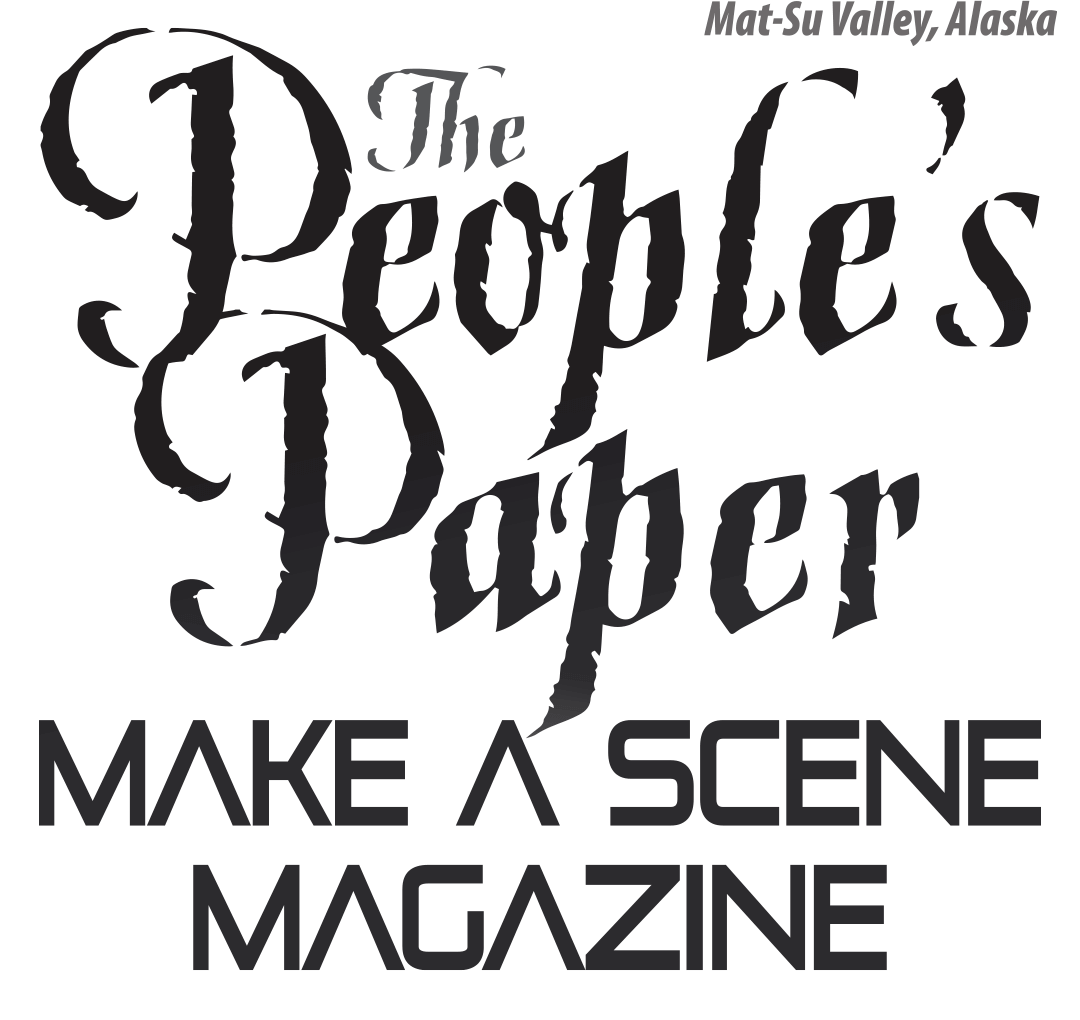Contributed by Carmen Summerfield
On a recent trip to Amsterdam, I visited the Verfmolen “De Cat”, a working windmill from the 18th century, where raw ingredients are ground into a dry powder (pigments) for use in making artists’ paints.
Windmills have been operating in this area since the mid-17th century. At one time there were more than 10,000 operating windmills in the Netherlands. Only about 1,000 windmills remain, and of these 1,000 only about 50 are still in operation.
Prior to about 1500, the dry powder pigments were mixed with egg yolk or other glutinous materials to make tempera paints. Later on, the dry powder pigments were mixed with oils (linseed oil, poppy seed oil, walnut oil or safflower oil). By the height of the renaissance oil painting techniques had almost completely replaced the use of tempera paints in the majority of Europe.
The preparation of these oil paints was quite complex. The ingredients were first ground on the stone wheels in a windmill, and then the artist used a mortar and pestle to complete the task. Then oils and other ingredients were added to make a paste.
The careful grinding of materials and closely guarded formula started dying out in the mid-19th century with the invention of the paint tube. Paints could now be produced in bulk and sold in tin tubes with a cap. This allowed the bulk manufacturing of paints with a smooth consistency. And the screw-on cap preserved the paints and allowed easy painting outdoors.
Paint in tubes also changed the way some artists approached painting. For the impressionists, paint in tubes offered an easily accessible variety of colors for their plein air palettes, motivating them to make spontaneous color choices. And with greater quantities of preserved paint, they were able to apply paint more thickly. The artist Renoir said, “Without tubes of paint, there would have been no impressionism.”
And now some artists are returning to making their own paints. Local art supply stores have the raw (non-toxic) ingredients to create your own colors. So stop by your favorite artist supply store and pick up some ingredients or a tube of paint. And go create!
Come and talk about painting and other arts at our weekly meeting at Sophia’s Café on Thursdays at 11. More info at ValleyArtsAlliance.com.


